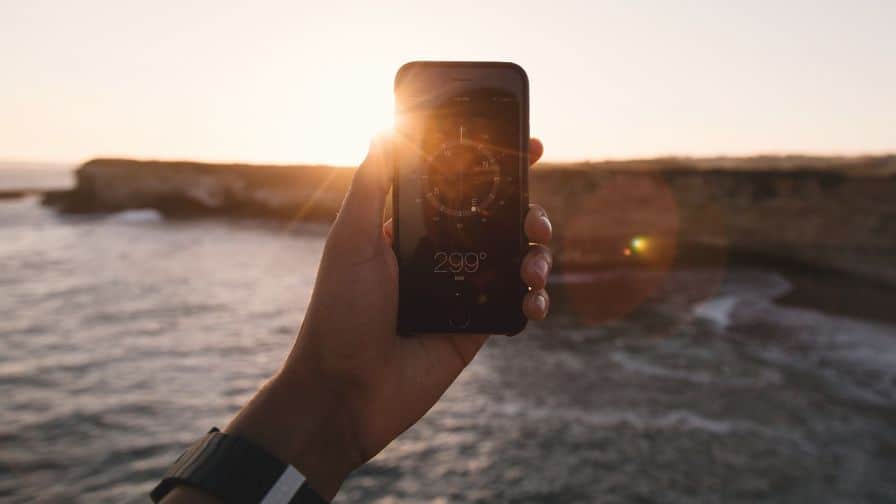One of the most promising things on the horizon in the evolution of marketing technologies is mobile enabled proximity marketing. As with any new product, its ultimate adoption and success in the market will depend not on the underlying technology itself, but on how marketers decide to implement it, and how consumers will react.
The retail sector is always innovating and finding new ways of connecting with their customers. Today the connected shopper who uses their smartphone all day is still an elusive target for most marketers. As a result, the interest in smartphone enabled location based marketing is high, with over half of physical store retailers having interest in at least piloting this capability.
The group of connected shoppers that the majority of businesses most want to target in the next few years are millennials and location based marketing looks set to play a big part in targeting and communicating with this very influential group.
Getting tech on point
With 56% of millennials saying they would be happy to share their personal data in exchange for relevant coupons or promotional deals, companies need to be able to target these consumers using their preferred method of communication – their phones.
Beacons, in particular virtual beacons, are a powerful tool for reaching the modern shopper’s phone, especially for retailers, because they allow marketers to send personalised messages at precisely the right time and place to be of most relevance to the shopper.
However sometimes a promising new technology ultimately fails simply as a result of the way it’s implemented. A recent example of this is the QR code, which was overused by marketers everywhere. When was the last time you scanned a QR code?
Location aware, or proximity marketing is getting a lot of attention this year, driven by the convergence of the all of the required elements that make it possible:
- Location aware mobile devices (lots of them).
- Proximity beacon or virtual beacon technology.
- Real-time mobile messaging applications.
In talking with a number of mobile marketing teams over the last few months, it’s clear that the interest and excitement around this capability is high. And why shouldn’t it be? After all, the offline/online split of purchases in most of retail is still around 92/8. If digital marketers can influence offline shopping behaviour in real time the same way they do online shopping behavior, the bottom line impact to the organisation is large.
Companies that have been through pilots with proximity marketing and are planning to move to production have shared some of the things they’ve learned along the way, these can be summarised in the following points:
Give more than you get. Think of permission to do proximity marketing with your customer as a value exchange, and always give the customer more value in terms of relevant offers/discounts, etc than you get by knowing she is in your store.
Go slowly. Start with a simple welcome message to your location on your customer’s initial visit. On the next visit, add another message for items or offers you know are relevant to that customer. Don’t try to do it all at once.
Make it fun. Think of ways to reward your customer for opting into the program. Hourly sale item? Quiz answers found at different locations in your store? There a lots of good ideas for this one, and most marketers agree that if it isn’t fun, your customers won’t use it.
Don’t be creepy. Yes you know exactly where your customer is in the store, but you don’t need to take advantage of that at every turn. If a customer is dwelling in the wine section for 10 minutes, it might be appropriate to push a “wine of the week” suggestion, but pushing a message simply because she walked past the wine section will probably fall flat.
It’s going to be interesting to see the right combination of technology and customer use case that leads to the best user adoption and best customer experience. In the case of proximity marketing, so far the best philosophy may be “less is more”.

